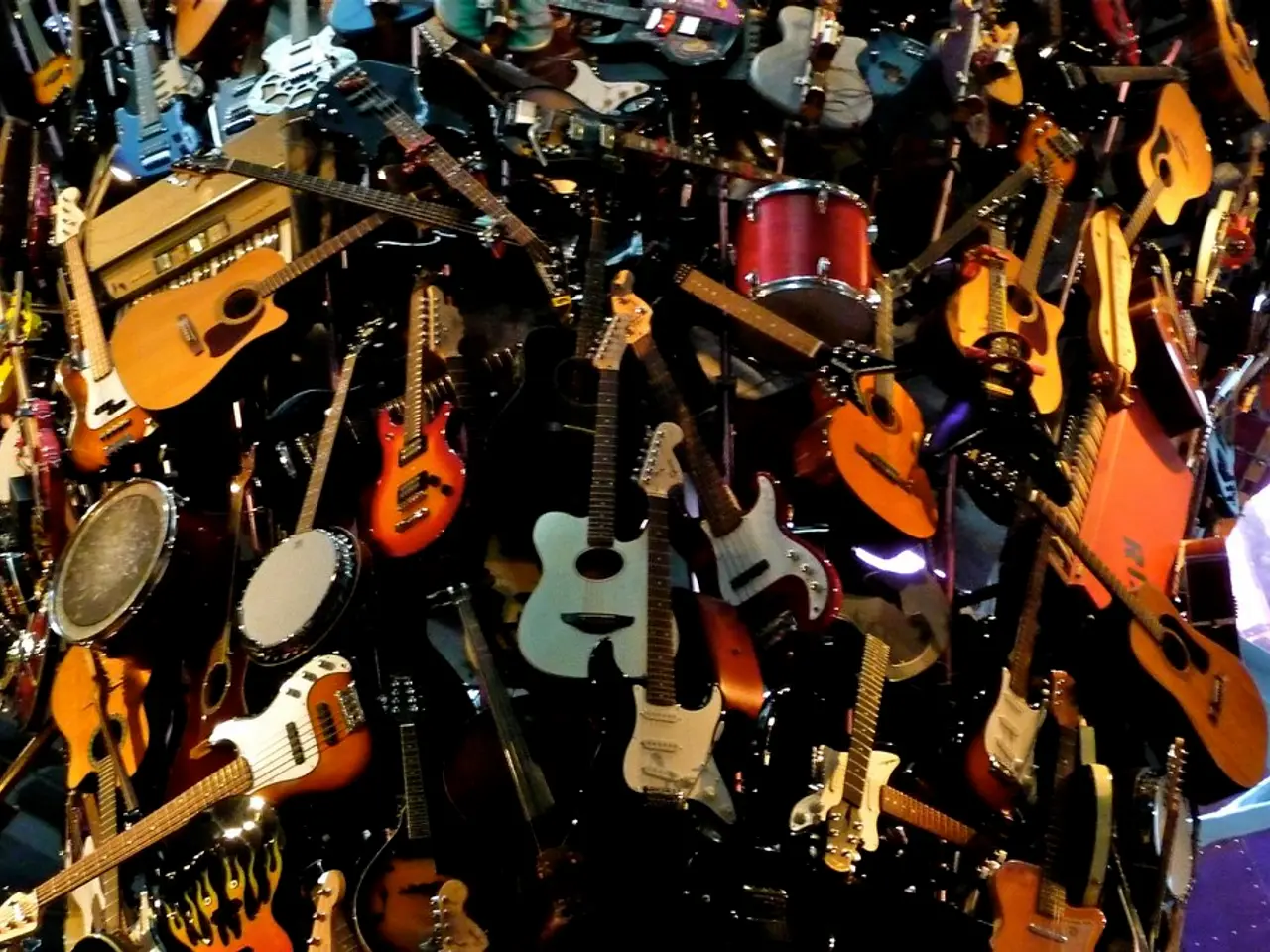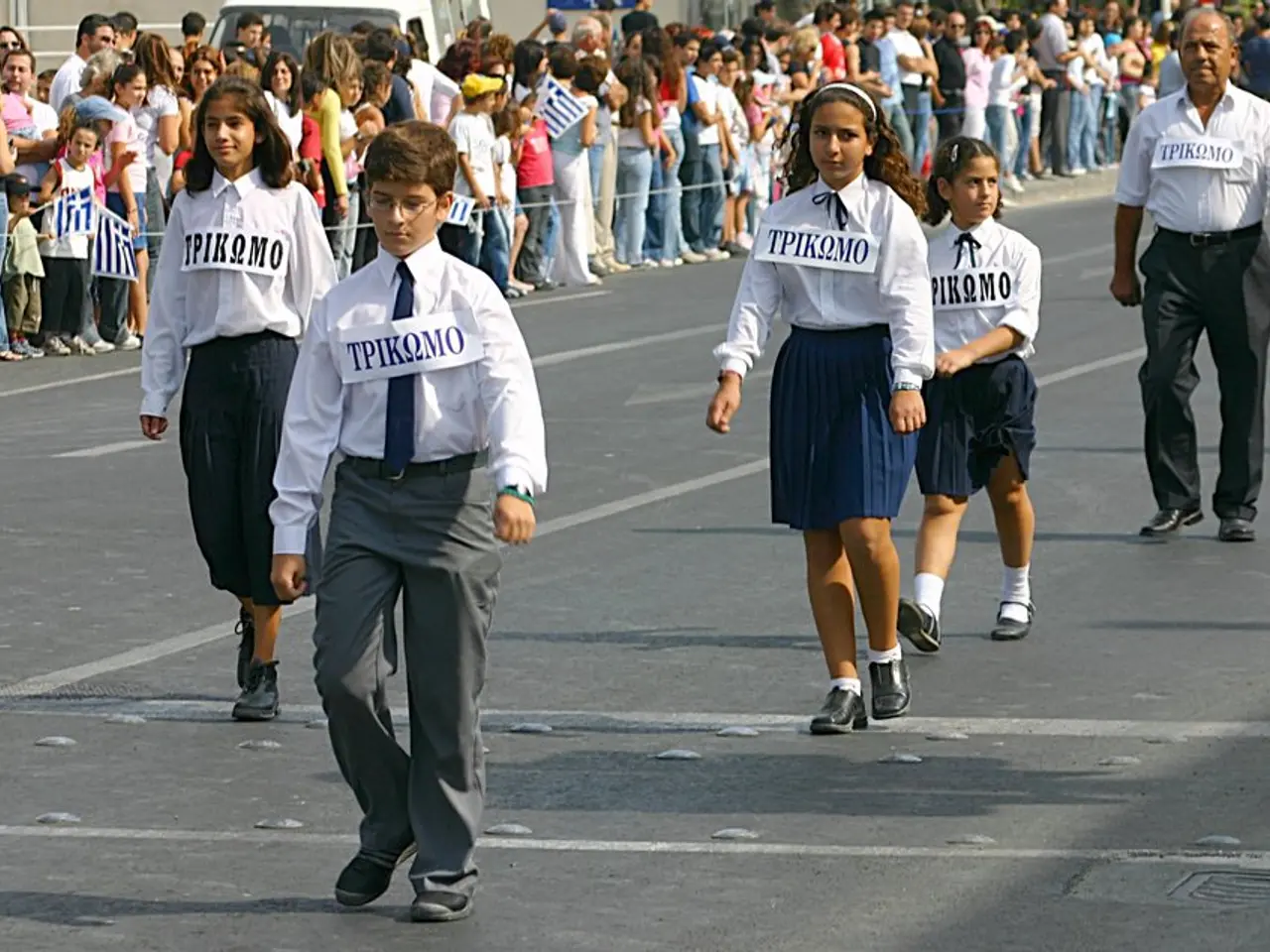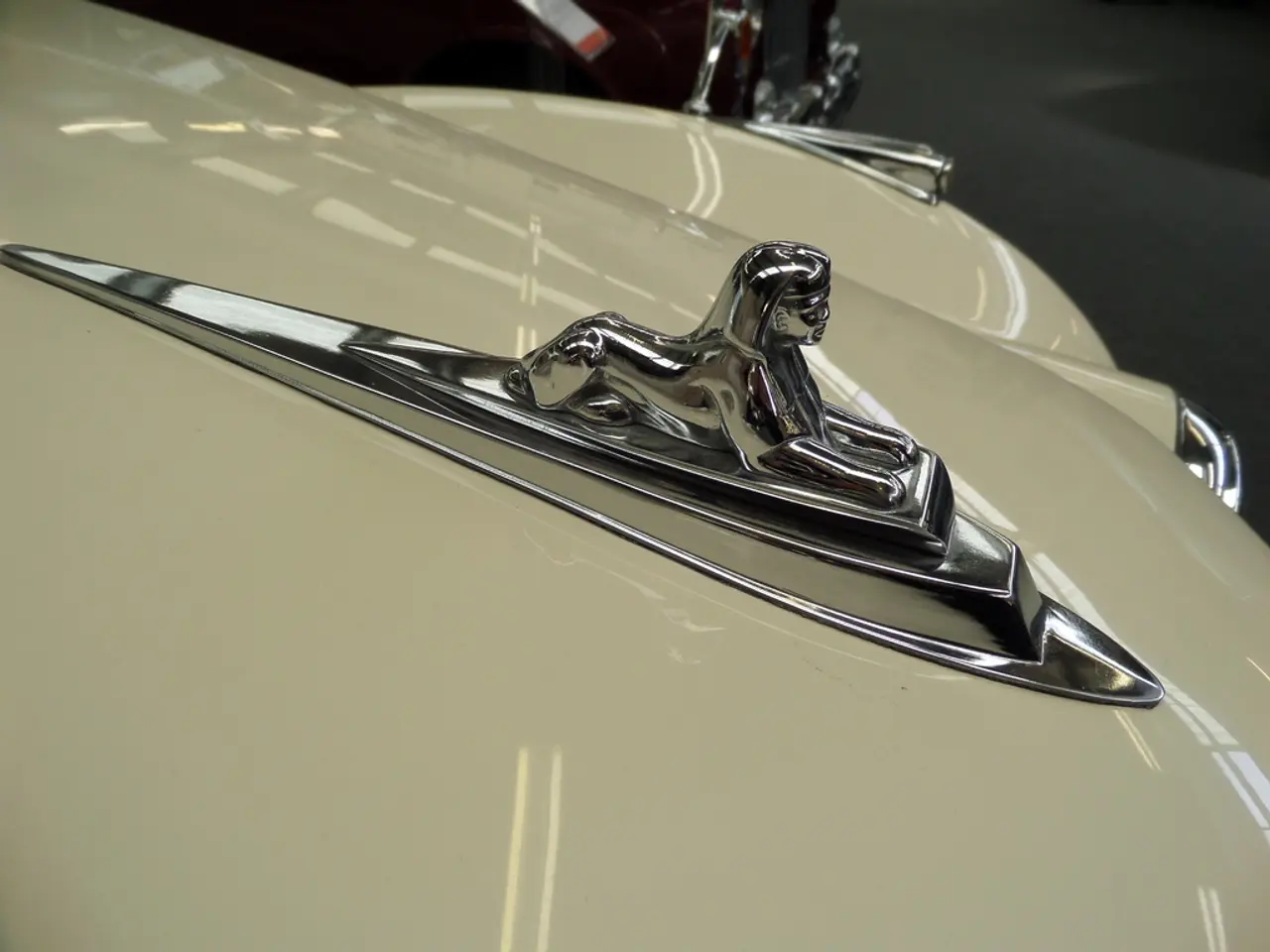Exploring the Interplay between Impressionism and Neoclassicism in Audio Artistry
In the late 19th and early 20th centuries, a new era in classical music emerged, known as Impressionism. This style, a parallel to Impressionist painting, focused on evoking sensory impressions, atmosphere, and fleeting moments rather than explicit narratives. Claude Debussy and Maurice Ravel are the two most prominent composers associated with this style.
Debussy pioneered musical Impressionism by using innovative scales, unresolved dissonances, and fluid rhythms to evoke natural phenomena. His compositions, such as "La Mer" and "Clair de Lune," simulate the movement of ocean waves and the essence of moonlight, respectively. Debussy's music was musically closer to Chopin, while Ravel's was technically linked to Liszt.
Ravel, while often grouped with Impressionists, combined this atmospheric approach with a rigorous attention to form and orchestration. His orchestral arrangements, including his famous orchestrations of Mussorgsky’s "Pictures at an Exhibition," have heavily influenced both concert music and film scoring. Ravel's piano compositions, such as Jeux d'eau, Ondine, and Une Barque Sur I'Ocean, utilized pedaling effects for watery sounds.
Impressionism marked a transition from Romanticism toward modernism, influencing subsequent music genres, especially Neoclassicism. Neoclassical composers sought to return to order, balance, and clarity of earlier periods but often integrated Impressionist harmonic and coloristic innovations. Ravel's music is a significant part of the Neoclassicism style.
The music from popular Anime movies in Japan takes inspiration from Debussy and Ravel's orchestral writing. English composers such as John Ireland wrote piano music in an Impressionistic style. Gershwin, a student of Ravel, wrote An American in Paris, while Ravel added jazz rhythms to his Piano Concerto in G.
Debussy's musical influences included Gounod, Massenet, Russian composers such as Tchaikovsky, Balakirev, and Rimsky-Korsakov. Rimsky-Korsakov wrote Scheherazade, which used orchestral tone colors and Arabic scale-based modes. The soundtrack of the movie "Merry Christmas Mr. Lawrence" has a sound similar to Debussy's Suite Bergamasque.
Previous composers like Chabrier had paved the way into the new style of writing. Debussy was influenced by artists like Monet, Pissarro, and Renoir. Saint Saens, who wrote Carnaval of the Animals, was against the new style, yet Aquarium can be argued as being programmatic and similar to Debussy's watery 'impression.'
Impressionist music aimed to move away from emotionally charged music and create a landscape image. It focused on tone color and texture, using instruments like flutes and harps to represent flowing water and muted strings to suggest mist or distance, emphasizing sound itself as an expressive element. This focus on timbre, color, and atmosphere directly influenced the development of Neoclassicism and other 20th-century musical genres, broadening the expressive possibilities of Western classical music.
In the early development of Blues music, Dvorak travelled America. Vaughan Williams wrote The Lark Ascending for violin and orchestra. The influence of Impressionist music can be heard in various forms of music, from classical to jazz, and continues to inspire composers today.
Debussy's "La Mer" and "Clair de Lune," simulating the movement of ocean waves and moonlight, respectively, are prime examples of how the Impressionist composer pioneered music that evokes natural sensory impressions. The music from popular Anime movies in Japan takes inspiration from Debussy's orchestral writing, showcasing the enduring impact of Impressionist music in various forms of media.








